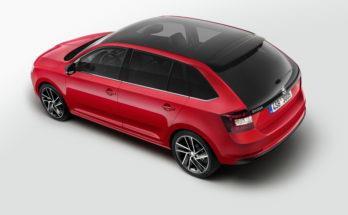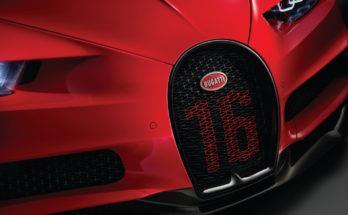The name Baleno is not at all unknown to Suzuki fans. From the mid-1990s to the beginning of the new millennium, it appeared on the back of a hatchback, sedan, or lower-middle class station wagon. Now the Baleno is coming back, but no longer as a competitor to the Volkswagen Golf.
Here, the Japanese used a similar method to last year's Vitara – that is, they recycled the classic name and packed it in a smaller package than before. The new Baleno is "only" 3995 mm long , 1745 mm wide and 1470 mm high. Its main competition will be Ford Fiesta, Hyundai i20, Renault Clio, Skoda Fabia or Volkswagen Polo.
The body is designed in the Liquid Flow design language, the first presentation of which took place this spring with the iK-2 concept, which was actually a prototype of the model presented today. Characteristic is the radiator grille, connected by a discreet line to the main headlights, which also include LEDs for daytime running lights . Group reflectors also use diode technology. The A, B and C pillars are painted black, with which Suzuki achieved the effect of a floating roof. It ends with a decent spoiler. A total of nine body colors will appear on offer, including Premium Silver Metallic and Ray Pearl Blue Metallic, which changes its shade depending on the ambient lighting. Cast wheels are 16 inches, steel with covers an inch less.
The center console is centered around a seven-inch touchscreen multimedia system with a USB port, SD card slot, reversing camera and Apple CarPlay interface. The alarm clocks on the instrument panel are backlit in blue, and in the cockpit they are complemented by a color LCD display of the on-board computer. The third, but this time very small LCD screen is the output of the automatic air conditioning . However, Suzuki will offer all the above-mentioned elements as part of higher versions of equipment or extra charges. The spaciousness will be at the top of the B segment – the trunk can hold 355 liters in the basic configuration, and the press release also promises generosity for the legs and shoulders of the rear passengers.
All new is the platform, with MacPherson struts at the front and a torsion bar at the rear, promising a 10 percent increase in stiffness compared to other small cars and a 15 percent reduction in weight. Above all, the Japanese demonstrate the second item on a basic version weighing less than 900 kilograms . Under the hood of this basic version, we find a four-cylinder 1200 Dualjet with a power of 90 hp with a torque of 120 Nm and a manual five-speed or stepless automatic transmission. From the point of view of the European customer, however, the turbocharged three-cylinder Boosterjet with 112 horses, 170 Newton meters and a manual five-stroke engine is more interesting. Above all, the mild hybrid 1.2 SHVS with an integrated starter/generator and above all regenerative braking plays a role in consumption. Thanks to it, energy is stored in lithium-ion batteries during deceleration, which the car later uses during acceleration. Suzuki boasts that the Baleno equipped in this way produces only 93 g of CO2/km.
In terms of safety, the small five-door hatchback received adaptive cruise control , radar-controlled autonomous brakes or six airbags. Sales will start in Europe next spring.
Source: Suzuki



